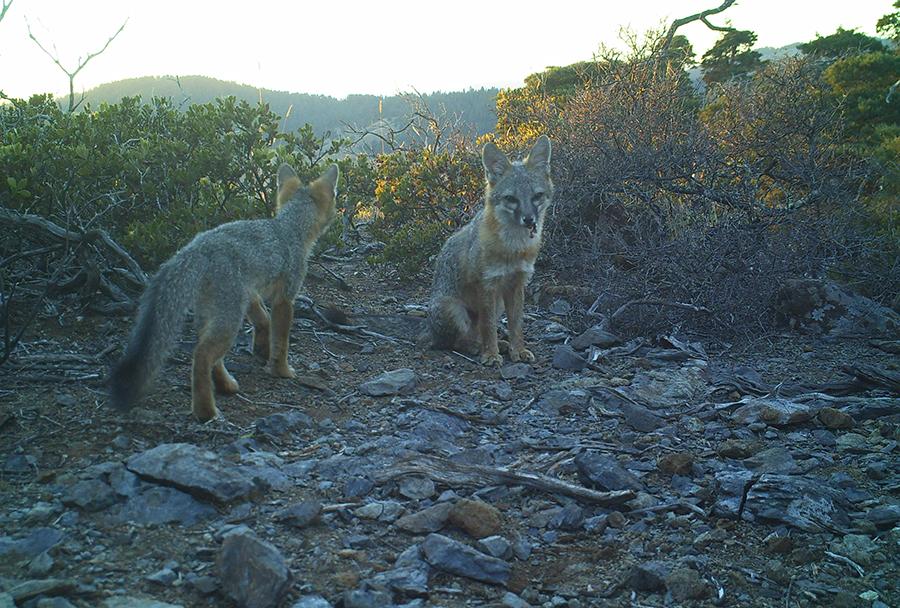Somewhere along the ridges of the San Geronimo Valley, a wild animal has just triggered a motion-activated camera. The image, along with a . . .
Index project reveals healthy wildlife


Somewhere along the ridges of the San Geronimo Valley, a wild animal has just triggered a motion-activated camera. The image, along with a . . .